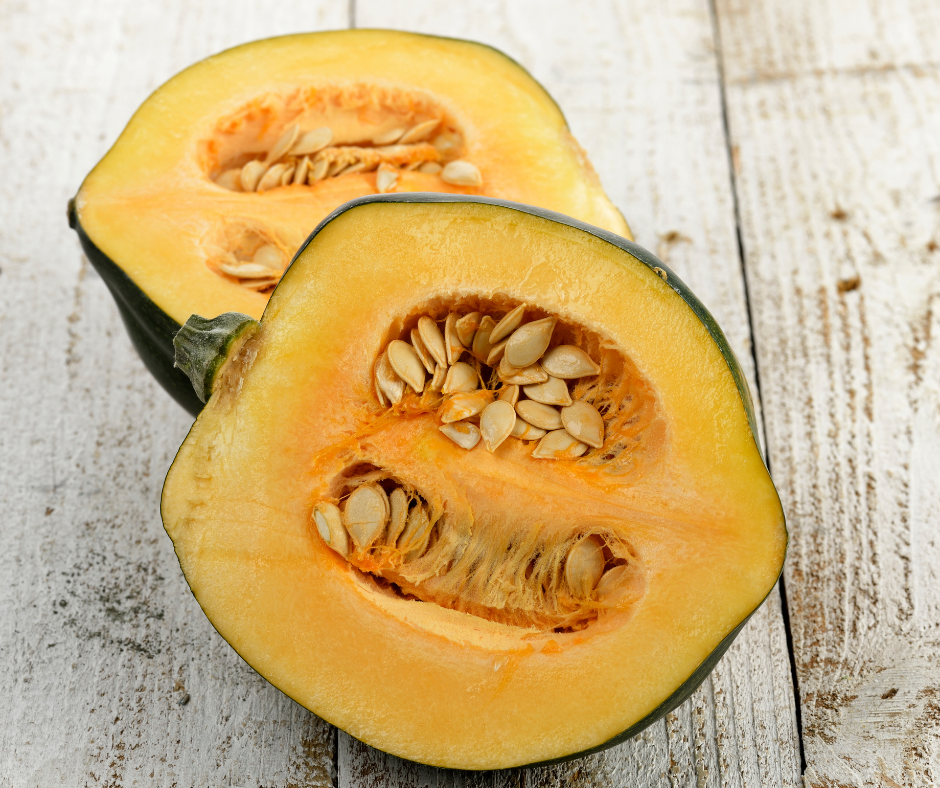

I just made this again last night using Acorn Squash and Butternut SquashĪ few weeks ago, I made a pre-Thanksgiving dinner for a family in town and extra for my kids. My kids aren’t crazy about winter squash so I’m always trying to sneak it into soups (pureed), curries, and this winter squash casserole.

#ACORN SQUASH CASSEROLE DESERTS RECIPE HOW TO#
I’d been getting lots of different winter squash in my CSA Box over the weeks – Carnival Squash, Acorn Squash and Butternut Squash, and was trying to figure out how to use it all up. The first year this casserole dish was introduced at the luncheon, it was such a hit, that the following year, we made big batches of it so all the teachers could enjoy it.Īlthough typically, this casserole recipe is made with butternut squash, it can be made with just about any orange winter squash. For years, this was a favorite side dish at our middle school’s annual Teacher Appreciation Luncheon. These polysaccharides include pectins…(which) have antioxidant, anti-inflammatory, as well as anti-diabetic and insulin-regulating properties.” Winter squash is also an excellent source of vitamin A, vitamin C, and a good source of fiber, manganese and vitamin B6.įor today’s duo event, I am sharing a slightly healthier Winter Squash Casserole that I’ve adapted to be gluten-free and dairy-free. According to the World’s Healthiest Foods, “many of the carbs in winter starch come from polysaccharides found in the cell walls. Apparently, the starch content of winter squash has some key health benefits.
#ACORN SQUASH CASSEROLE DESERTS RECIPE FULL#
Although simple carbohydrates such as cookies, candy, white flour breads and pastas should be kept to a minimum, the fiber in healthy, complex carbohydrates, such as whole grains, fresh vegetables and fruits, and beans helps keep blood sugar steady (plus they’re full of nutrients and are just plain healthier).Īlthough winter squash is thought of as a starchy vegetable, recent research shows that not all starch is created equally. Often, people focus on limiting carbohydrates in their diet when they are diagnosed with Type 2 Diabetes, but as my friend and nutritionist Lisa Corrado pointed out in her guest post on How To Eat Healthy When You Have Diabetes, not all carbohydrates are “bad” foods for people with diabetes. Managing glucose levels is critical, so it’s important to choose foods that keep blood sugar steady. The good news is that it is possible to manage Type 2 Diabetes through lifestyle management such as diet and exercise. population will have diabetes by the time they are 65 years old or older. Those numbers are astounding! Just think about that – more than a quarter of the U.S. 10.9 million, or 26.9% of all people 65 years or older have diabetes.25.6 million, or 11.3% of all people 20 years or older have diabetes.1.9 million new cases of diabetes were diagnosed in people age 20 years and older in 2010.79 million people have prediabetes (precursor to diabetes).25.8 million children and adults in the United States have diabetes – that’s 8.3% of the population, including 7 million people that go undiagnosed.Here are some quick statistics on diabetes (Source: American Diabetes Association) When my friend Carolyn of All Day I Dream About Food asked if I would help raise awareness bout diabetes, I immediately said “yes!” You see, diabetes is one of the top causes of death in the United States, and both my brother and father are now pre-diabetic, so I have taken a keener interest in learning about foods to help control and fight diabetes. Today, I have a “twofer” for you – that’s right! Today is World Diabetes Day and it is Food Network’s Thanksgiving Communal Table feast! Sweet Spiced Winter Squash Casserole and Gluten-Free Stuffing in Acorn Squash Shells


 0 kommentar(er)
0 kommentar(er)
